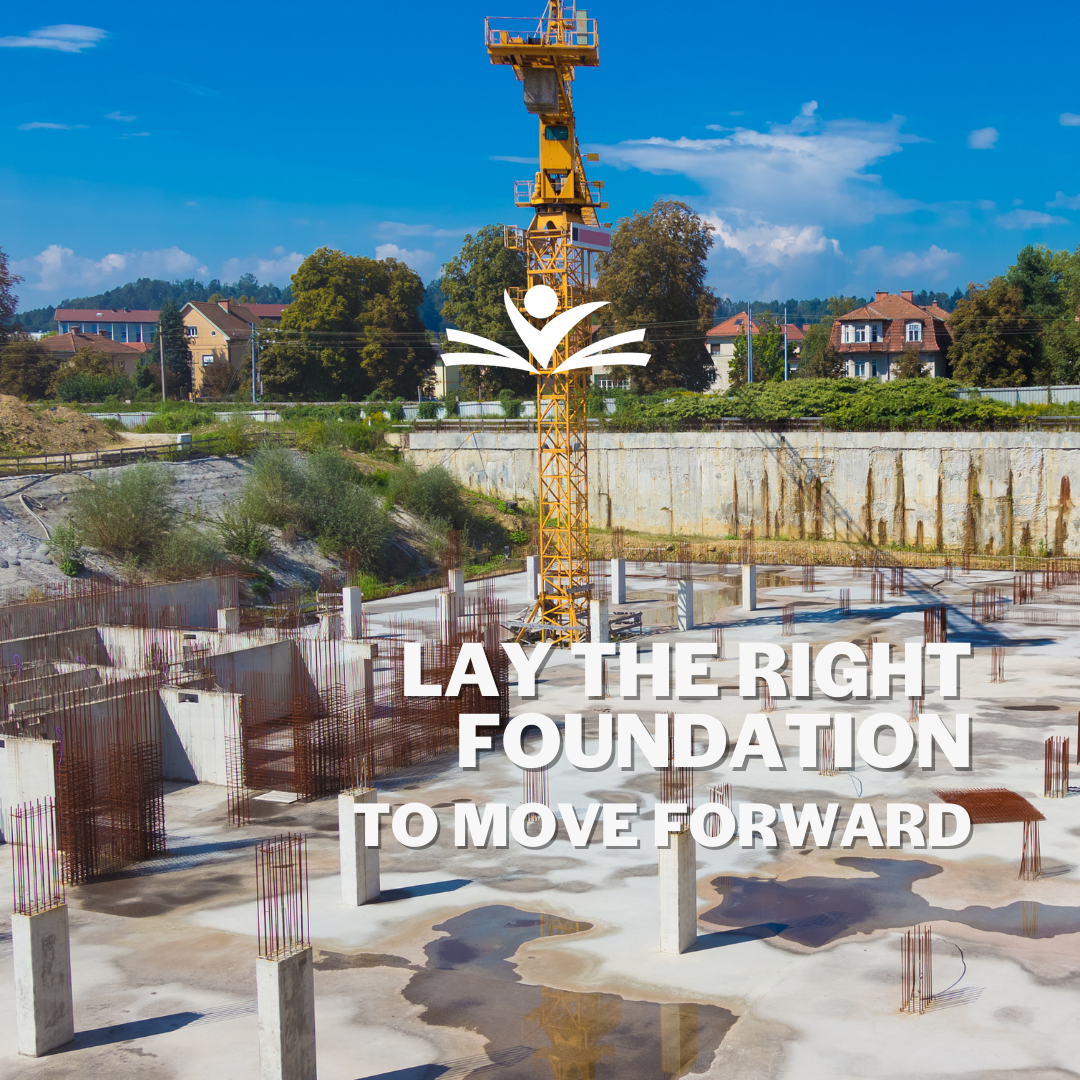It seems like everywhere you look these days, the world is unsettled. There’s political upheaval, economic uncertainty, deep divisiveness, and polarization. And, if you run an organization—of any size, any type, and in any industry—you’re well aware that all this turmoil makes it far harder to grow and scale.
Thriving in the face of the challenges offered by our volatile world requires a deep commitment from everyone at your organization, both to the organization as a whole and to each other. Here’s the thing, though: to create that kind of commitment, everyone in your workforce must feel safe to communicate genuinely and authentically with everyone else.
This holds true not just when it comes to talking about work-related topics. Employees must also feel comfortable discussing “tougher” things: differences, challenges, biases, and so on. Being able to engage in conversations like this creates psychological safety in the workplace, not to mention fostering innovation, collaboration, and cohesion.
That said, we know that many times, building a culture of authentic communication can be intimidating. Many leaders fear that allowing employees to engage in difficult conversations will create division and anger that will eventually lower employee morale and productivity. If you worry about the same thing, I have good news for you: in reality, the opposite is true. And, once you understand how to overcome the challenges that will inevitably arise, you can release your fears and start building an organization where every member of your workforce is driving towards the same goal.
What you will learn:
Lay the Right Foundation
The first step to creating the kind of culture where your workforce feels safe to engage in open and authentic dialogue is to lay the right foundation. To do that, you can introduce what we call Compassionate DialogueⓇ into your organization.
Compassionate DialogueⓇ focuses on building understanding between people, even if they disagree with each other, so they can find a resolution together. It is not about shaming anyone or trying to prove that one person is right and the other is wrong; rather, it’s about creating empathy and moving forward in cohesion.
Compassionate DialogueⓇ starts with a three-step process we call the RIR Protocol. RIR stands for recognize, interrupt, repair. To see how it works, let’s imagine one of your employees overhears a coworker say to another employee, “All conservatives are racist.” The comment triggers the employee who overheard it, which makes it the perfect opportunity to use the Protocol.
First, the employee who was triggered should recognize what emotions they’re feeling. What internal stories are they telling themselves about what they overheard? How does their body feel? By taking the time to reflect and recognize, they allow themselves to self-regulate.
Notice that this reflection is different from simply bottling their emotions up inside. It’s a middle ground: they aren’t ignoring their feelings, but they also aren’t reacting to them in an uncontrolled way. Instead, they are noticing what’s coming up and giving themselves space and time to let their initial triggered state move through their bodies before taking the next step.
Interrupt to Go Deeper
Once they have self-regulated (and this may take some time), the person who was triggered can move to the interrupt. In our example, the employee who was triggered can go to the person who made the original comment and say something like, “When you said that all conservatives are racist, it brought up a lot of feelings in me. I really want to understand what you meant when you said that. Can we talk about it more?”
This has two benefits. First, it gives the aggrieved person the opportunity to engage with their colleague in a way that’s genuine but honest. Second, it invites both people to engage in a deeper exploration of what occurred.
As you can imagine, it can sometimes be difficult for people to self-regulate and then interrupt from a place of genuine curiosity and openness. If your employees are struggling to do this, there are a few ways to help make the process more successful.
First, make sure the employee who made the comment truly understands the impact of their words. To do this, you as a leader can ask them questions to guide them to interrupt their own internal narrative. When you do, you help them begin to challenge their own assumptions and biases, which in turn cultivates a mindset of growth.
Engage in the Cycle of Inference
Along with getting the person who made the comment to understand the impact they had on their colleague, it’s important to help the person who was triggered release their internal narrative and truly self-regulate. You can do this by using a powerful tool known as the Cycle of Inference.
This tool helps people go deeper in the self-regulation process so they can interrupt in a way that’s genuine and compassionate. It does this by posing a series of questions that the person who was triggered can ask themselves:
- What am I focusing on?
- What else do I know about the person or situation?
- What information have I filtered out?
- How does this reflect my personal experiences?
- How does this reflect social–historical stereotypes?
- What are the other ways to interpret this?
- What conclusion am I drawing?
- What evidence is it based on?
- Does it describe the whole picture?
By asking themselves these questions, the aggrieved employee gives themselves the space they need to be authentic and genuine, while at the same time noticing their own internal narrative and biases. At the same time, these questions offer another way of looking at the situation, which will ultimately help the employee who was triggered release their own judgements enough to truly engage with the other person.
Move Forward With Repair
Once both parties have had an opportunity to interrupt, dig deeper, and explore the root issue—while, of course, staying regulated—it’s time for the final step in the Protocol: repair.
Essentially, repair is about healing and moving forward. It can take many forms: getting coffee or lunch together, for example, or simply talking in a way that demonstrates both people’s willingness to move forward harmoniously. Whatever form the repair takes, it’s a crucial part of the process of building collaboration, cohesion, and psychological safety.
As you can see, moving through conflict is possible, as long as you have a culture based on Compassionate DialogueⓇ. It will take time and effort to build this kind of culture in your organization, of course, but when you do, you will ultimately create true community (and all the benefits that go along with it) among each and every member of your workforce.




